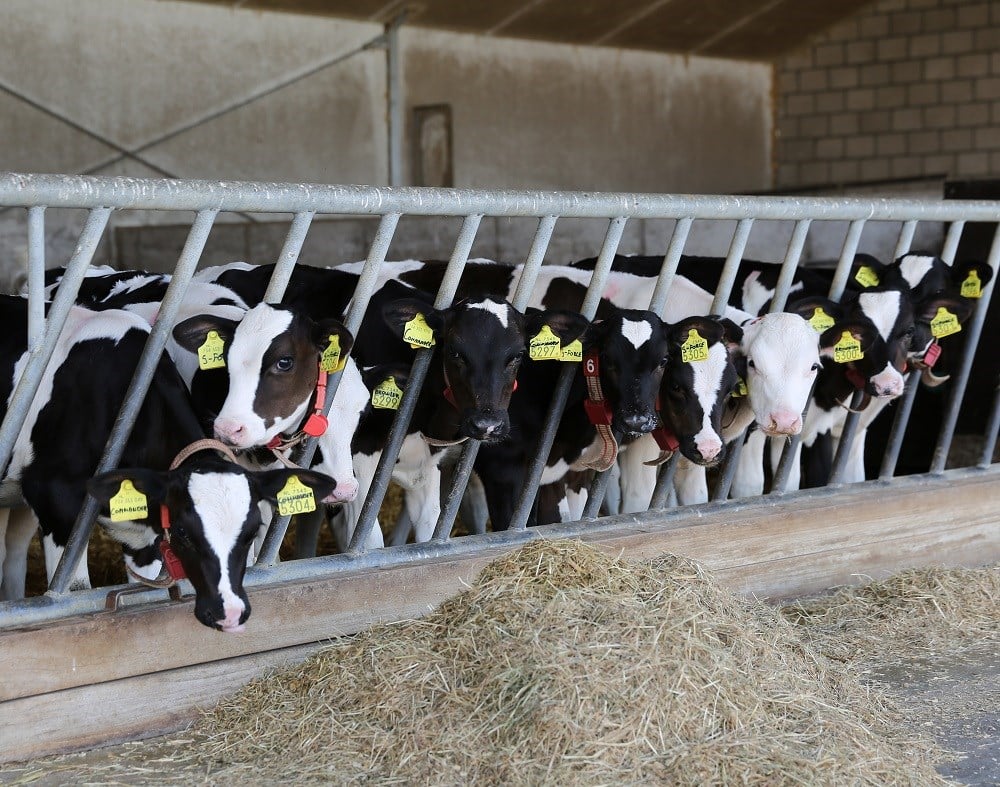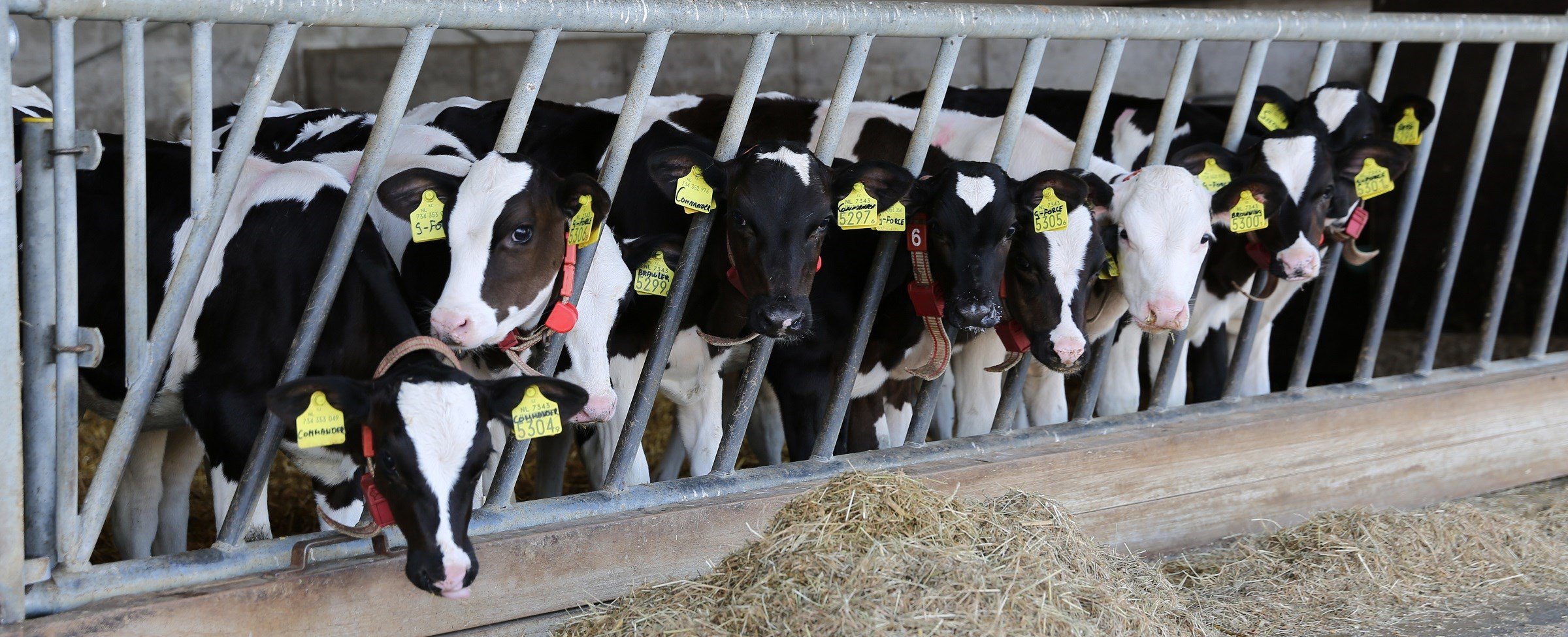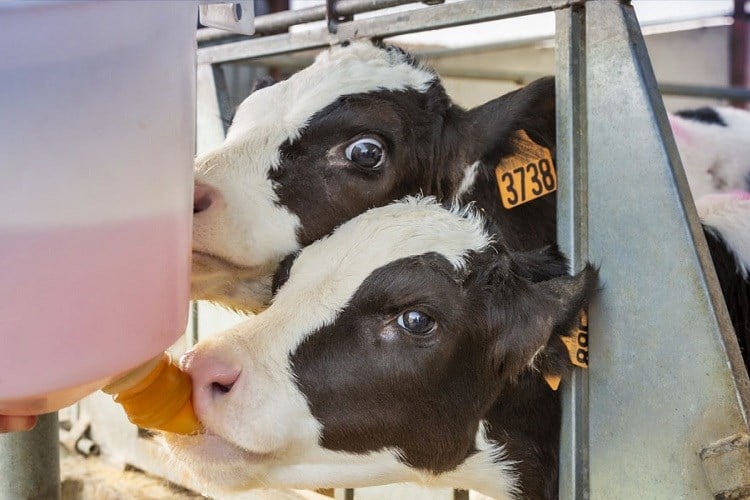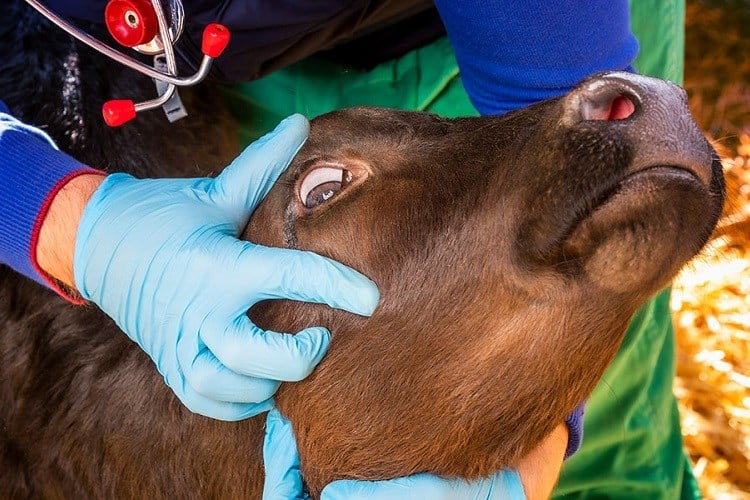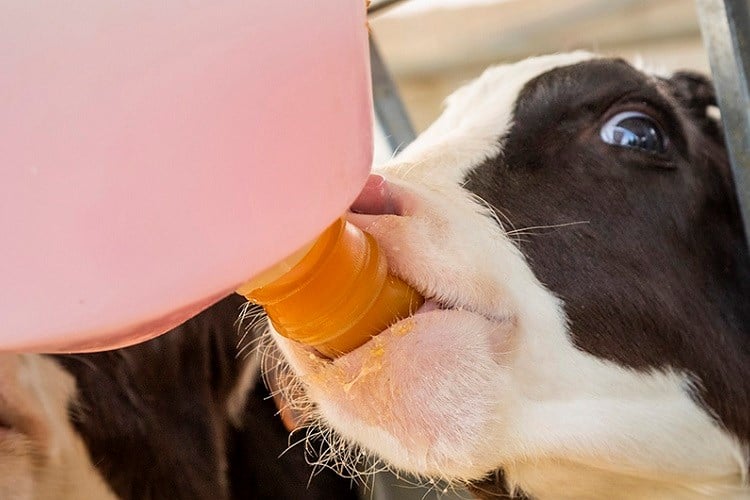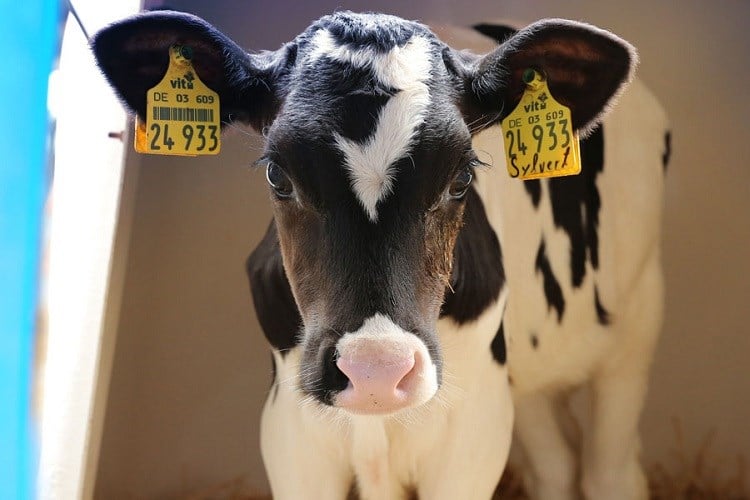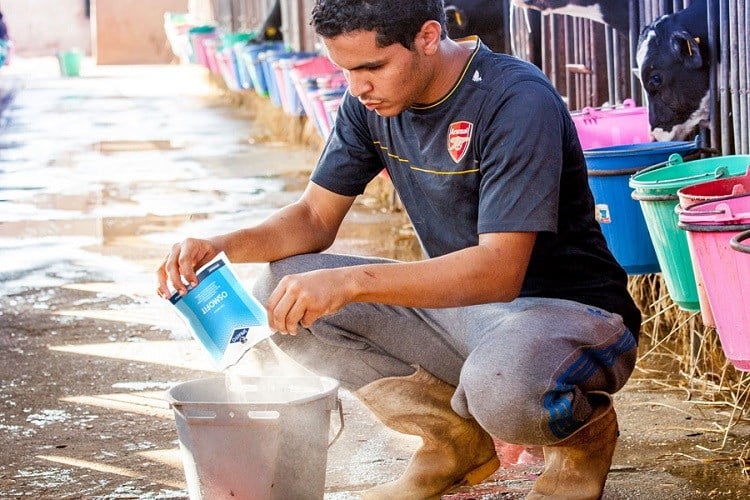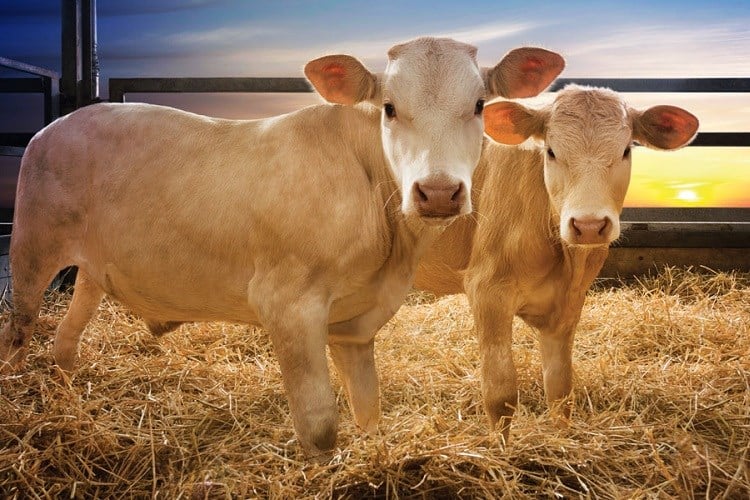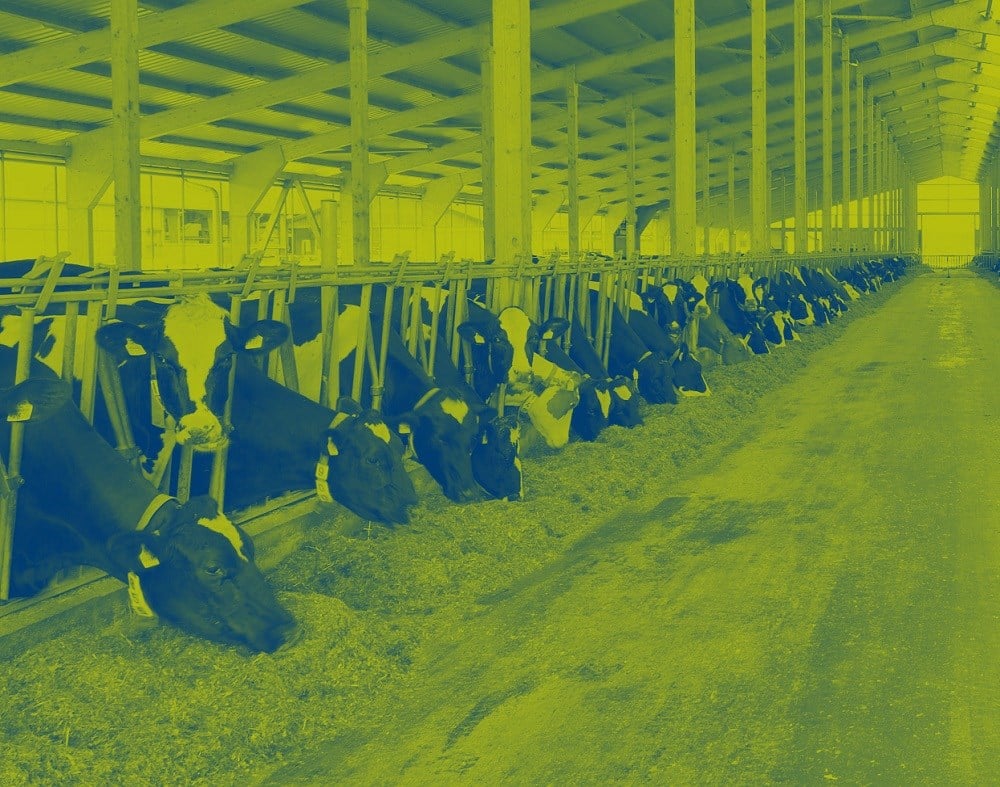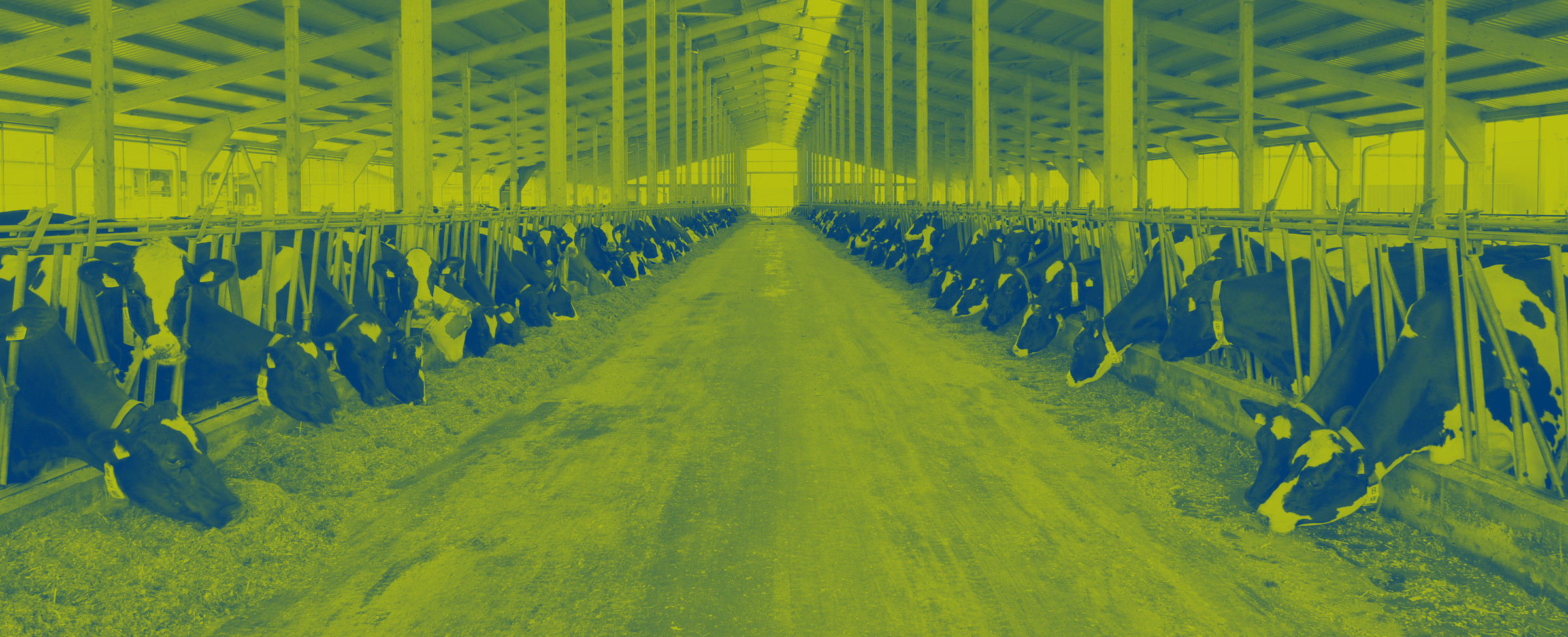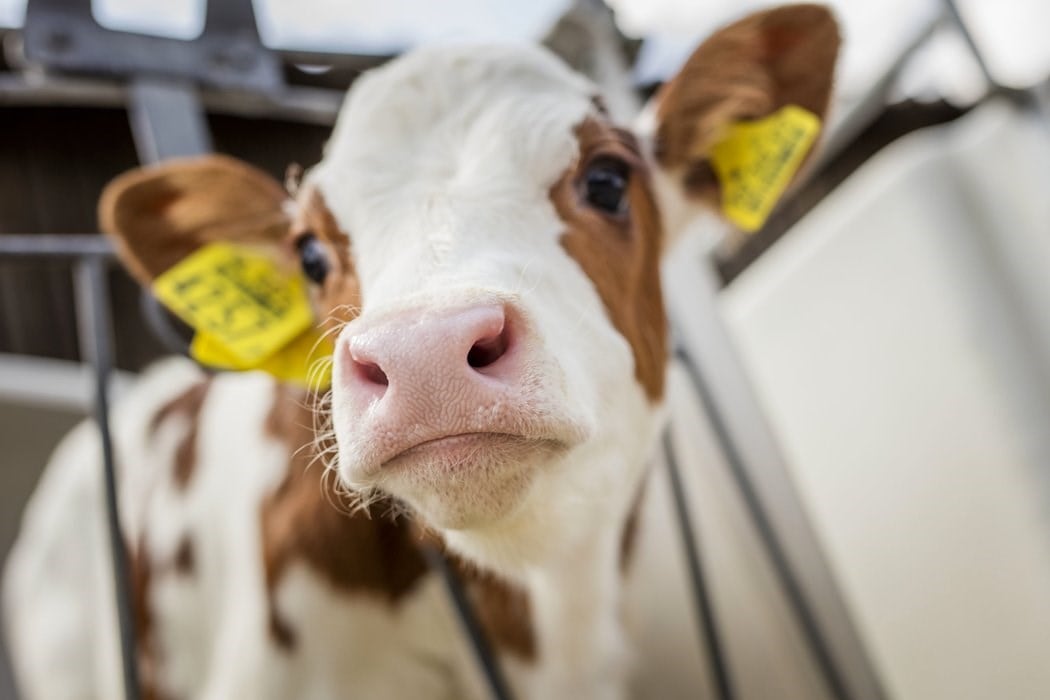
A successful calf rearing program is essential for a profitable farming operation.
A successful calf rearing program ensures a dairy heifer calves for the first time at an age of 22-24 months. This should be the start of a long and profitable productive life. A successful calf rearing program is therefore essential for a profitable dairy farming operation. A LifeStart programme for dairy calves will not only ensure excellent growth, it will also improve calf health status and reduces pre-weaning calf mortality.
Beef operations often bring together calves from different origin. Mixing calves causes stress and suppression of the immune system and each calf harbors different viruses and bacteria. This creates a health challenge for calves in beef operations.
Neonatal scours and lung problems are the most important cause of young calf mortality. But, even if a dairy calf survives an episode of neonatal diarrhoea or respiratory problems, the chances it will meet expectations with regard to future lifetime milk production are slim. If growth during these early stages of life is reduced as a result of calf health issues, this cannot be compensated by speeding up the growth later in life[19].
Frequently Asked Questions
How can you measure the quality of colostrum?
To measure the density (=quality) of colostrum, the most practical and simple way is to use a 0-32% BRIX ATC refractometer, which can be bought for as little as €30.
During the first week my calves have thinner faeces. Should I feed them less milk?
In week one, calves normally have thinner faeces due to the development of their digestive system. This is normal; the same development can be seen in human babies. It is important to feed calves as much colostrum as possible, especially in the first two to three days of life.
